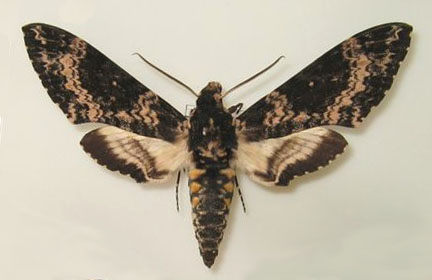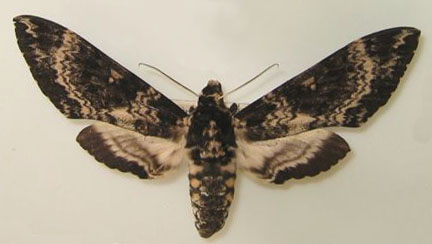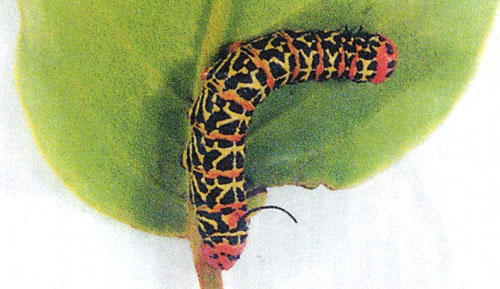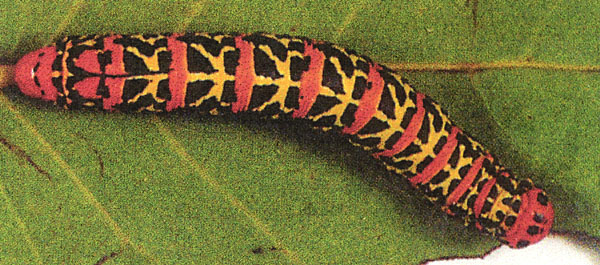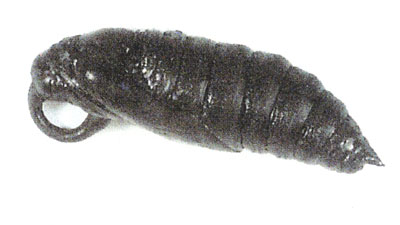Manduca manducoides
(Rothschild, [1894]) Phlegethontius
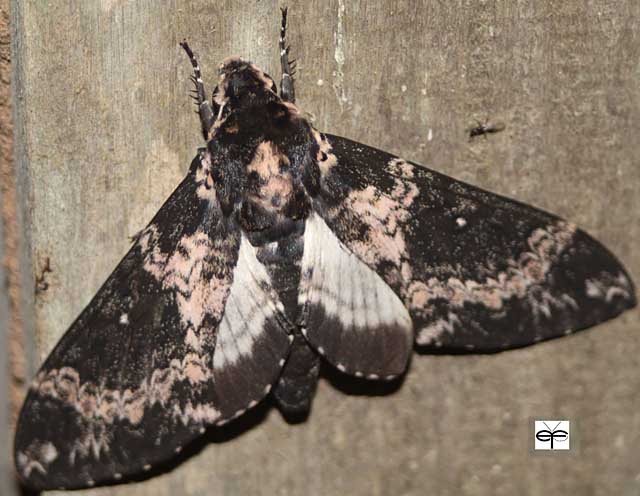
Manduca manducoides, Resva. Vale Da Solidao, Diamantino, Mato Grosso, Brazil,
October 31, 2020, courtesy of Eurides Furtado.
This site has been created by Bill Oehlke.
Comments, suggestions and/or additional information are welcomed by Bill.
TAXONOMY:
Family: Sphingidae, Latreille, 1802 |
